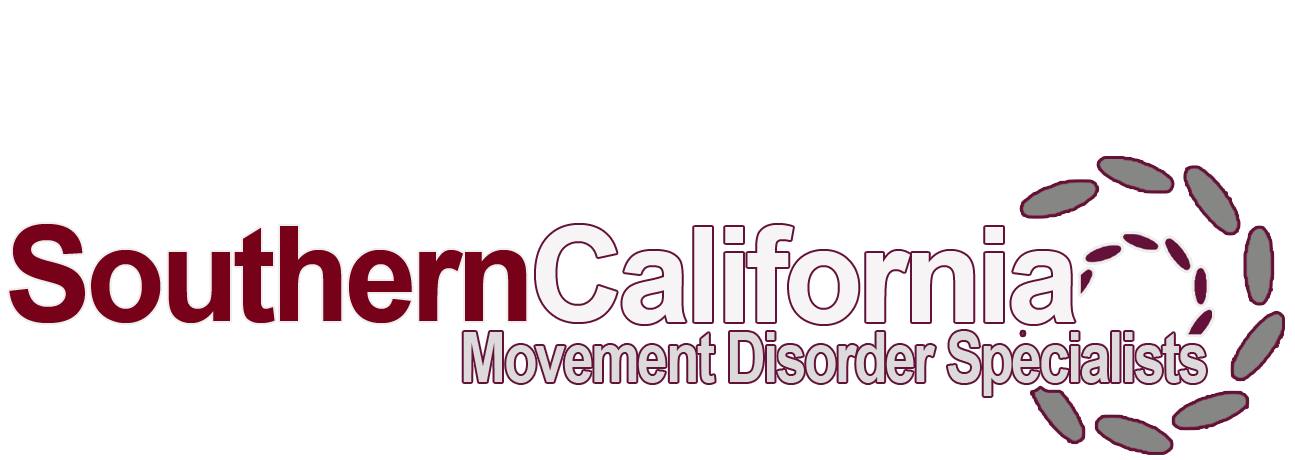Wilson's Disease
Wilson's Disease AssociationThe Wilson Disease Association is dedicated to providing the leadership and resources that will result in increased research, worldwide detection, and a cure for Wilson’s disease. Their website was designed to give patients, family members, and healthcare professionals the most up-to-date information on treatment, legislation, support groups, research, and fundraising information regarding Wilson's disease.
Hyperhidrosis
International Hyperhidrosis SocietyIn some people, the body’s mechanism for cooling itself is overactive causing them to sweat much more than what is considered normal. It can disrupt all aspects of a person's life. Hyperhidrosis effects approximately 3% of the population but because of lack of awareness, more than half of these people are never diagnosed or treated for their symptoms. This kind of excessive sweating is a real medical condition that can be treated. Southern California Movement Disorder Specialists uses botulinum toxin (Botox) to treat hyperhidrosis. Botox has been FDA approved to treat hyperdrosis.
Normal Pressure Hydrocephalus
Hydrocephalus refers to a build-up of fluid inside the skull which leads to brain swelling. Normal pressure hydrocephalus (NPH) is a rise in cerebrospinal fluid in the brain that affects brain function. Having a certain amount of pressure on the brain is normal, but sometimes there is too much fluid pressing on the brain. NPH can occur without a known cause, or it may be caused by any condition that blocks the flow of cerebrospinal fluid. The fluid-filled chambers (ventricles) of the brain enlarge to fit the increased volume of cerebrospinal fluid and it can cause tissue damage.





Normal brain next to a brain with NPH.

Diagram of how the shunt that treats NPH is inserted.

Normal brain next to a brain with ventriculomegaly.
Hemifacial Spasm
Hemifacial Spasm AssociationThe Hemifacial Spasm Association (HFSA) is an international online support community for individuals who have or are currently suffering from Hemifacial Spasm (HFS) and are eager to provide information, understanding, and support to other individuals and their families who are dealing with hemifacial spasm.
National Institute of Neurological Disorders and Stroke
Hemifacial spasm is a neuromuscular disorder characterized by repetitive involuntary contractions (spasms) of the muscles on one side (hemi-) of the face (facial). The disorder occurs in both men and women, although it more frequently affects middle-aged individuals and elderly women. Most often hemifacial spasm is caused by a blood vessel pressing on the facial nerve at the place where it exits the brainstem. Surgical treatment in the form of microvascular decompression, which relieves pressure on the facial nerve will relieve hemifacial spasm in many cases. Injections of botulinum toxin into the affected areas also relieve the symptoms. The National Institute of Neurological Disorders and Stroke conducts research related to hemifacial spasm in its clinics and laboratories at The National Institutes of Health (NIH), and supports additional research through grants to major medical institutions across the country.
Orthostatic Tremor
Orthostatic Tremor - Info & ForumPrimary orthostatic tremor is a rare movement disorder characterized by a rapid tremor in the legs that occurs when standing. The tremor disappears partially or completely when an affected person is walking or sitting. Individuals with primary orthostatic tremor experience feelings of unsteadiness or imbalance. The tremor is sometimes described as causing “shaky legs” and can cause affected individuals to immediately attempt to sit or walk because of a fear of falling. In many cases, the tremors become more severe over time. Primary orthostatic tremor is a constant problem that can affect the quality of life of affected individuals. The exact cause of primary orthostatic tremor is unknown.






